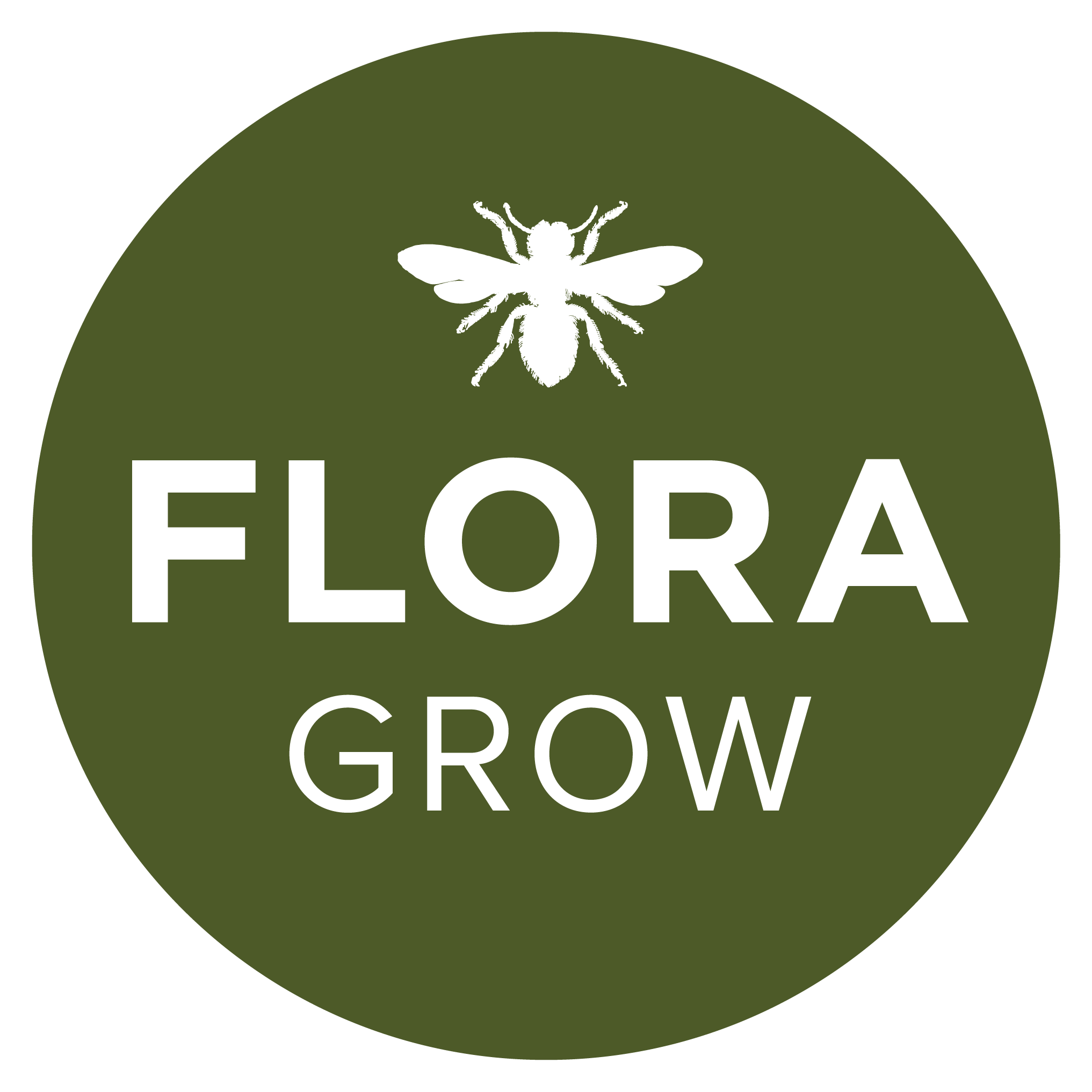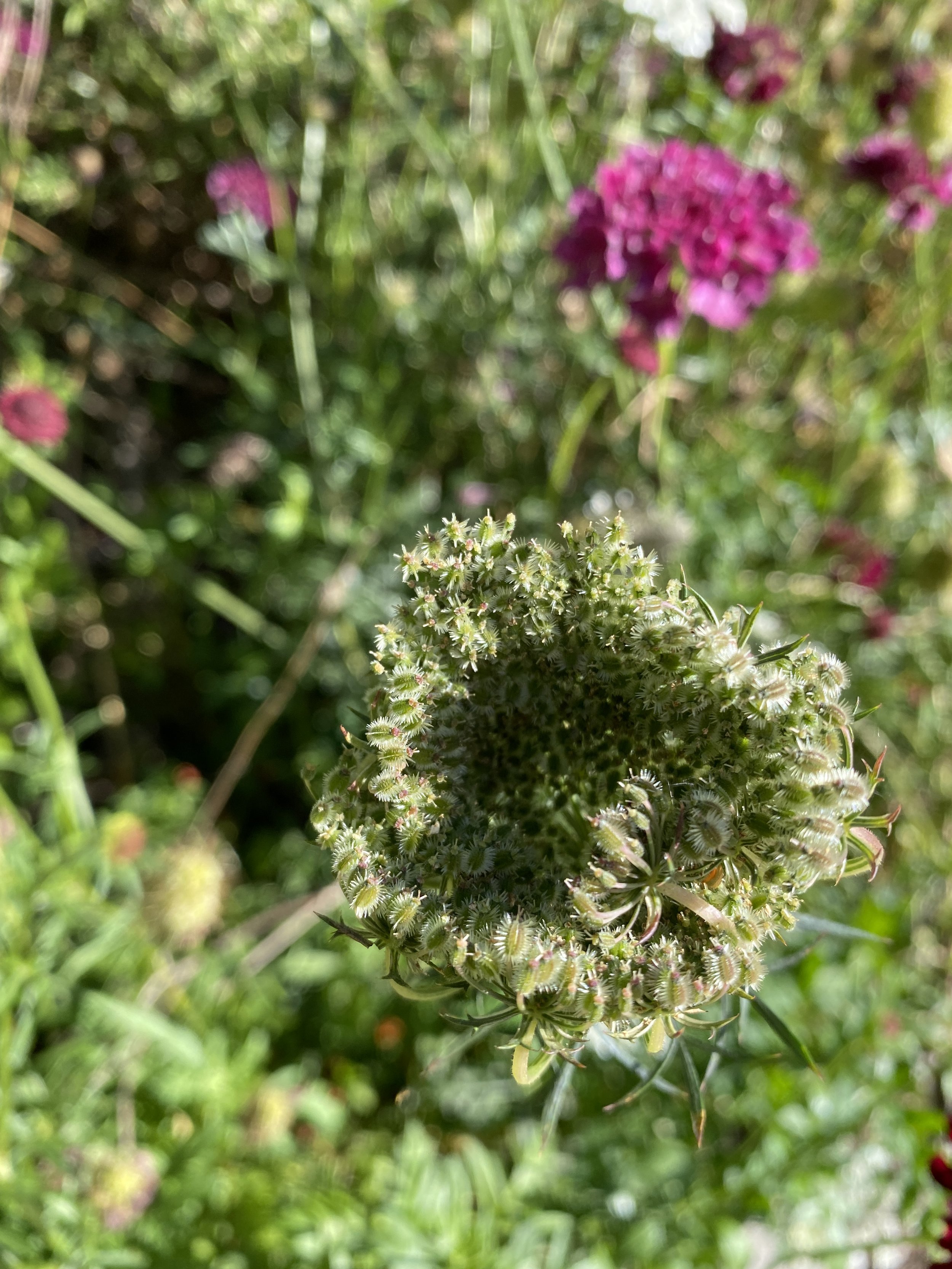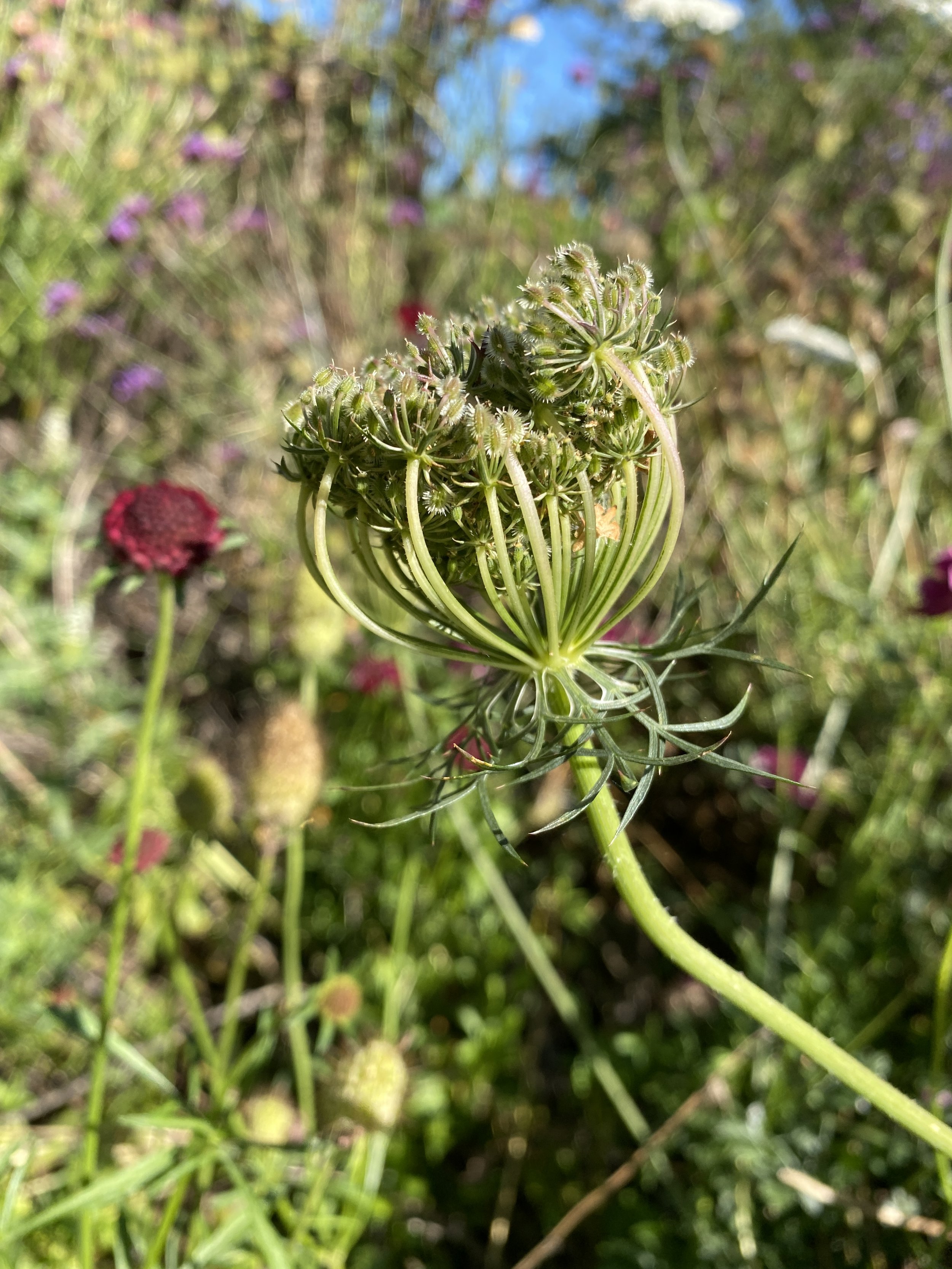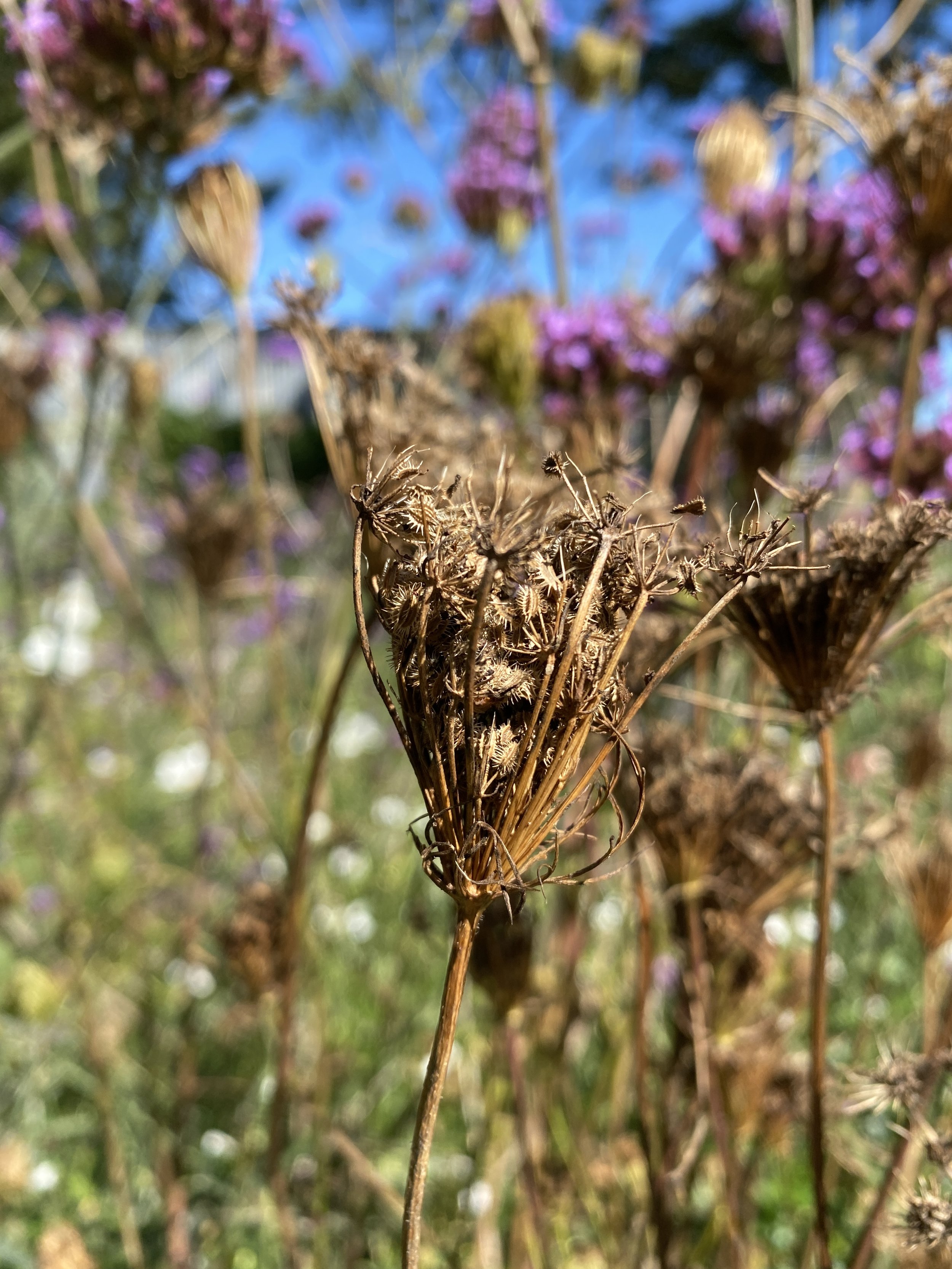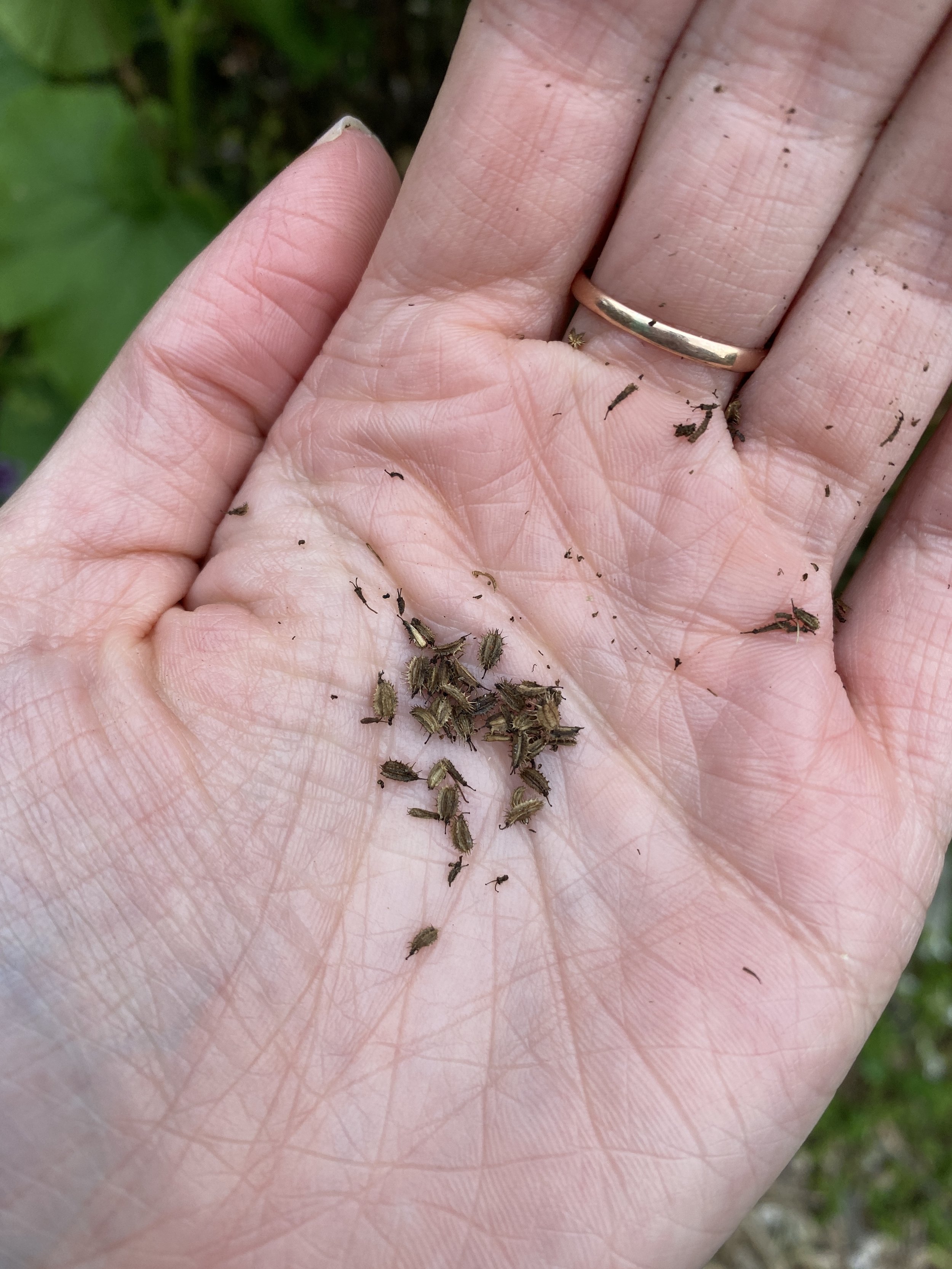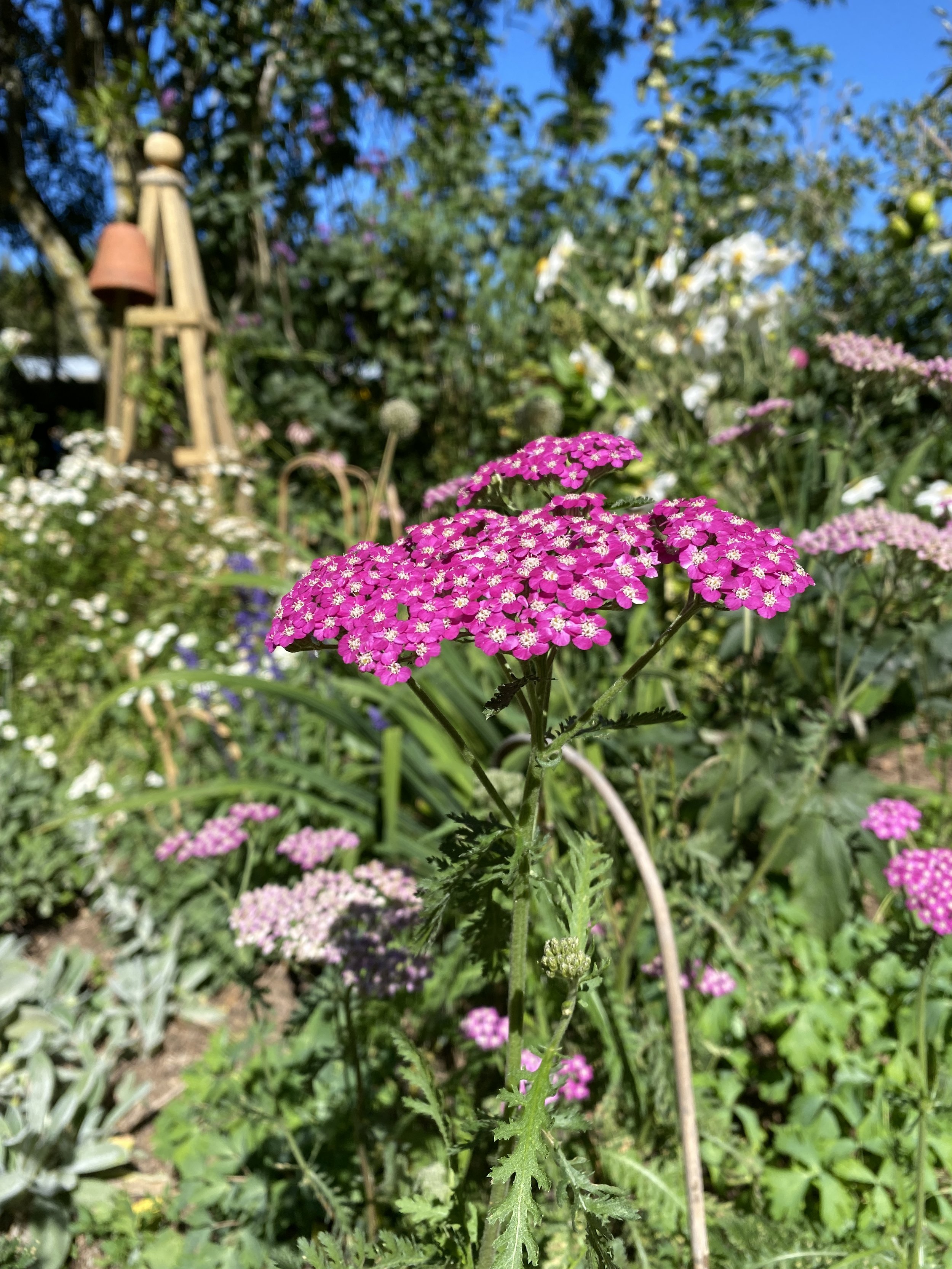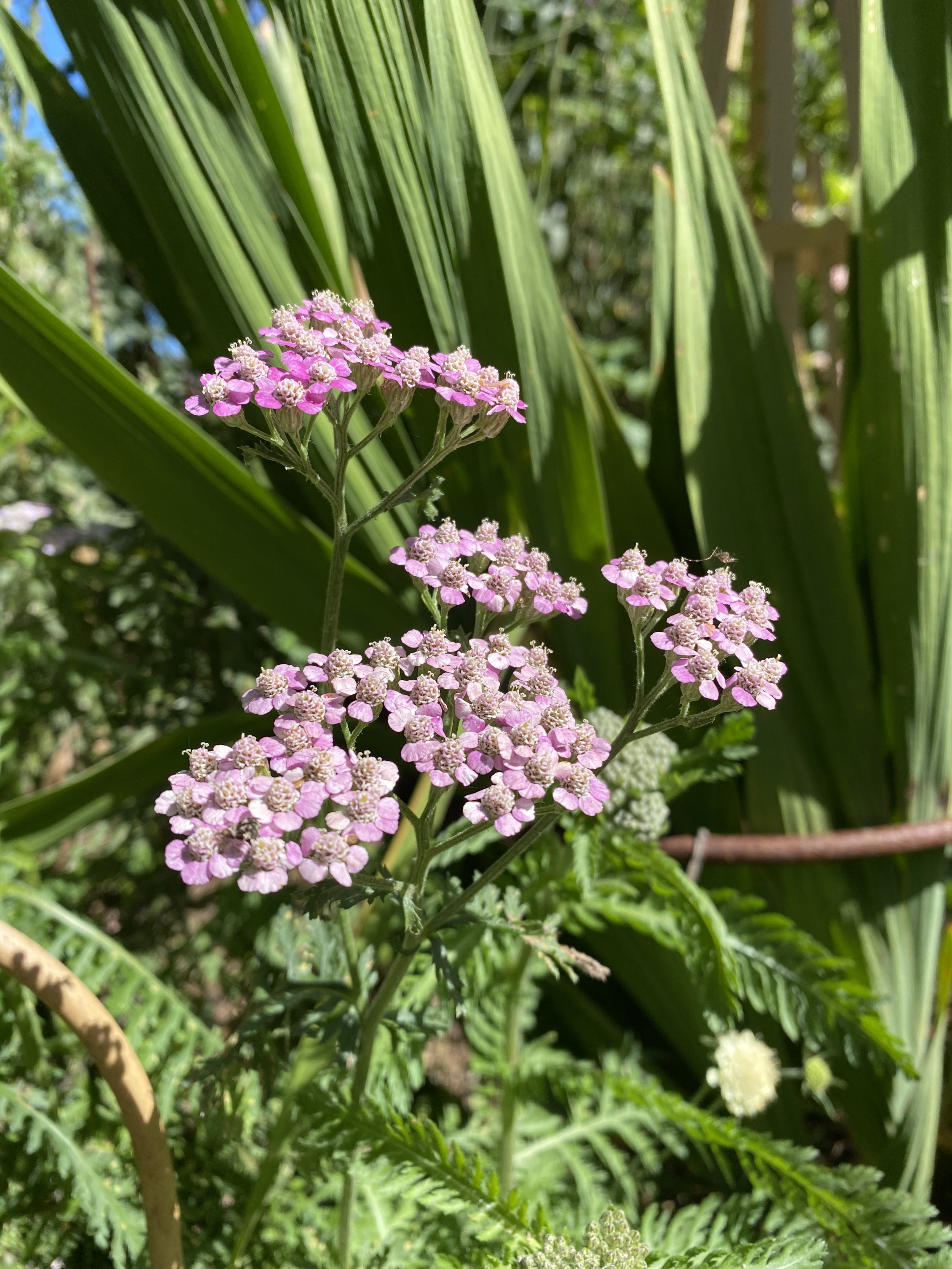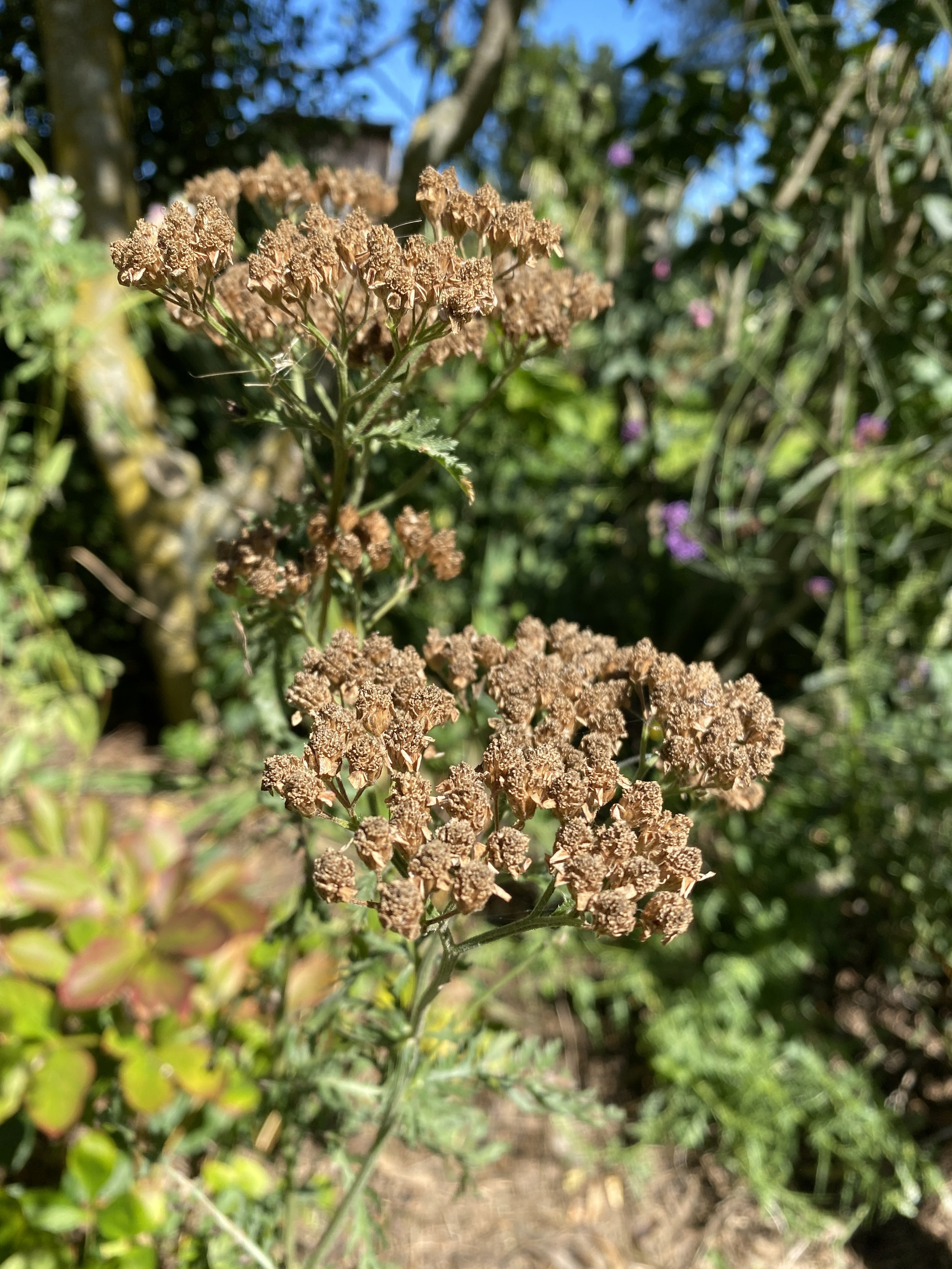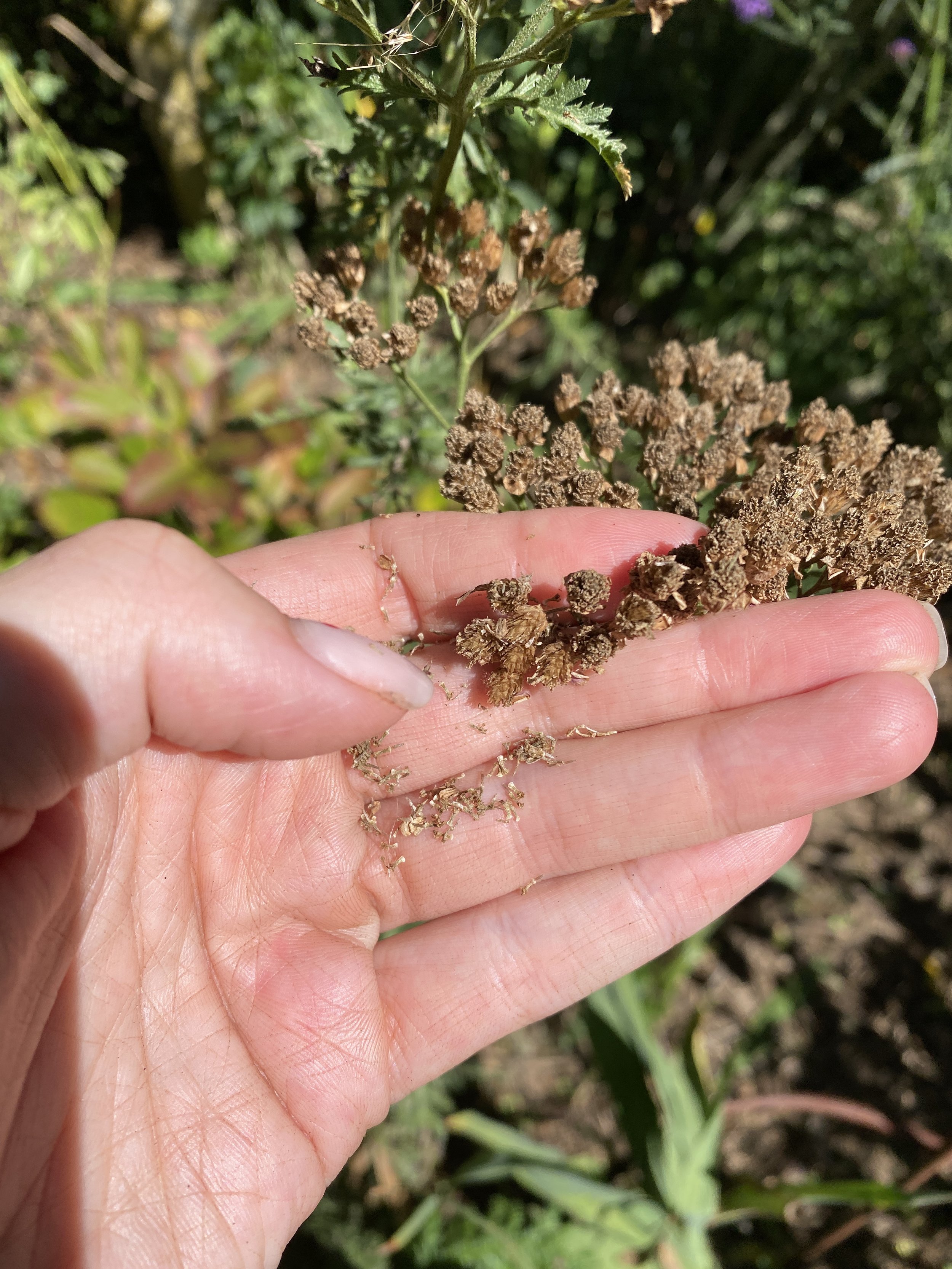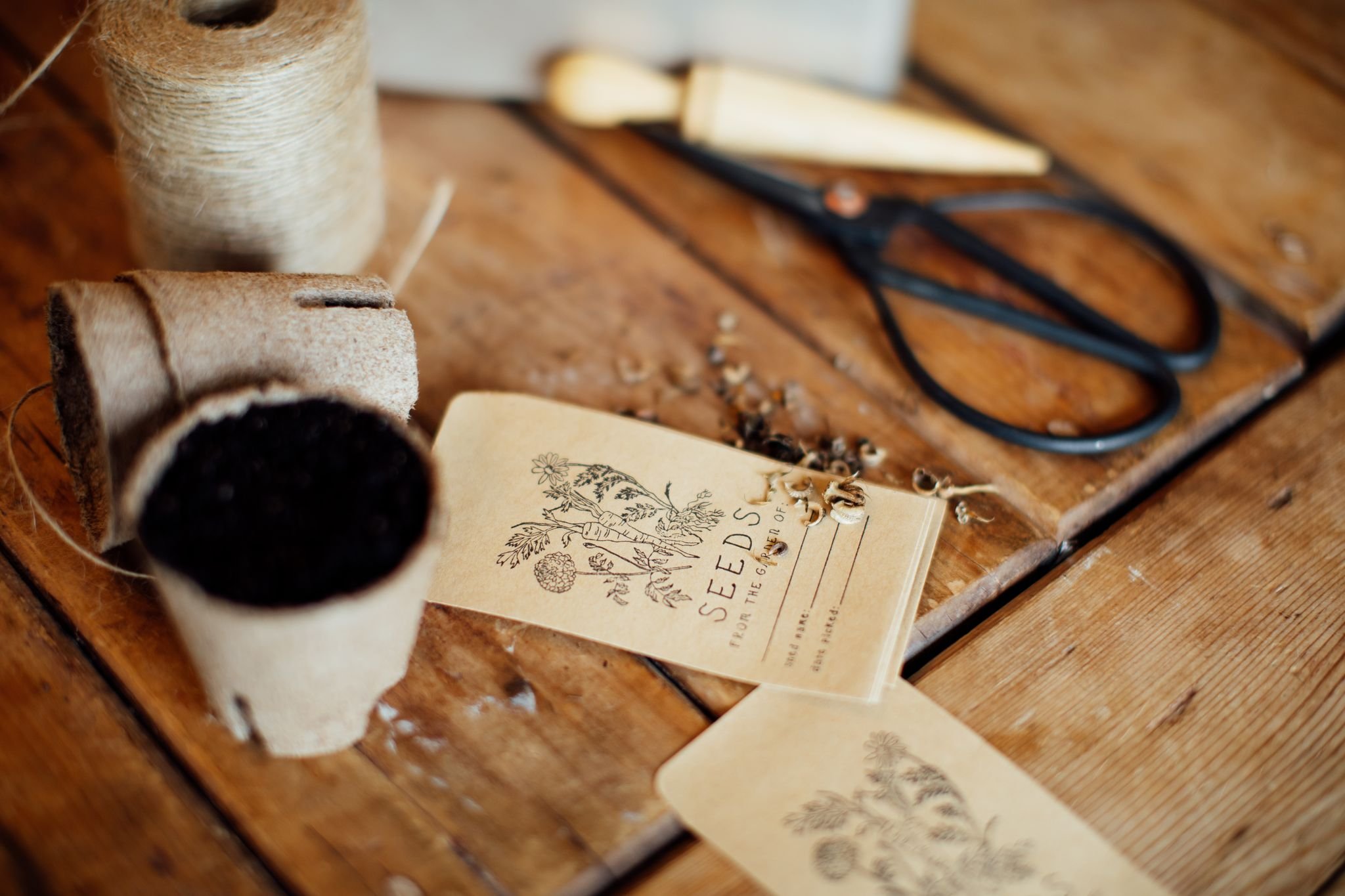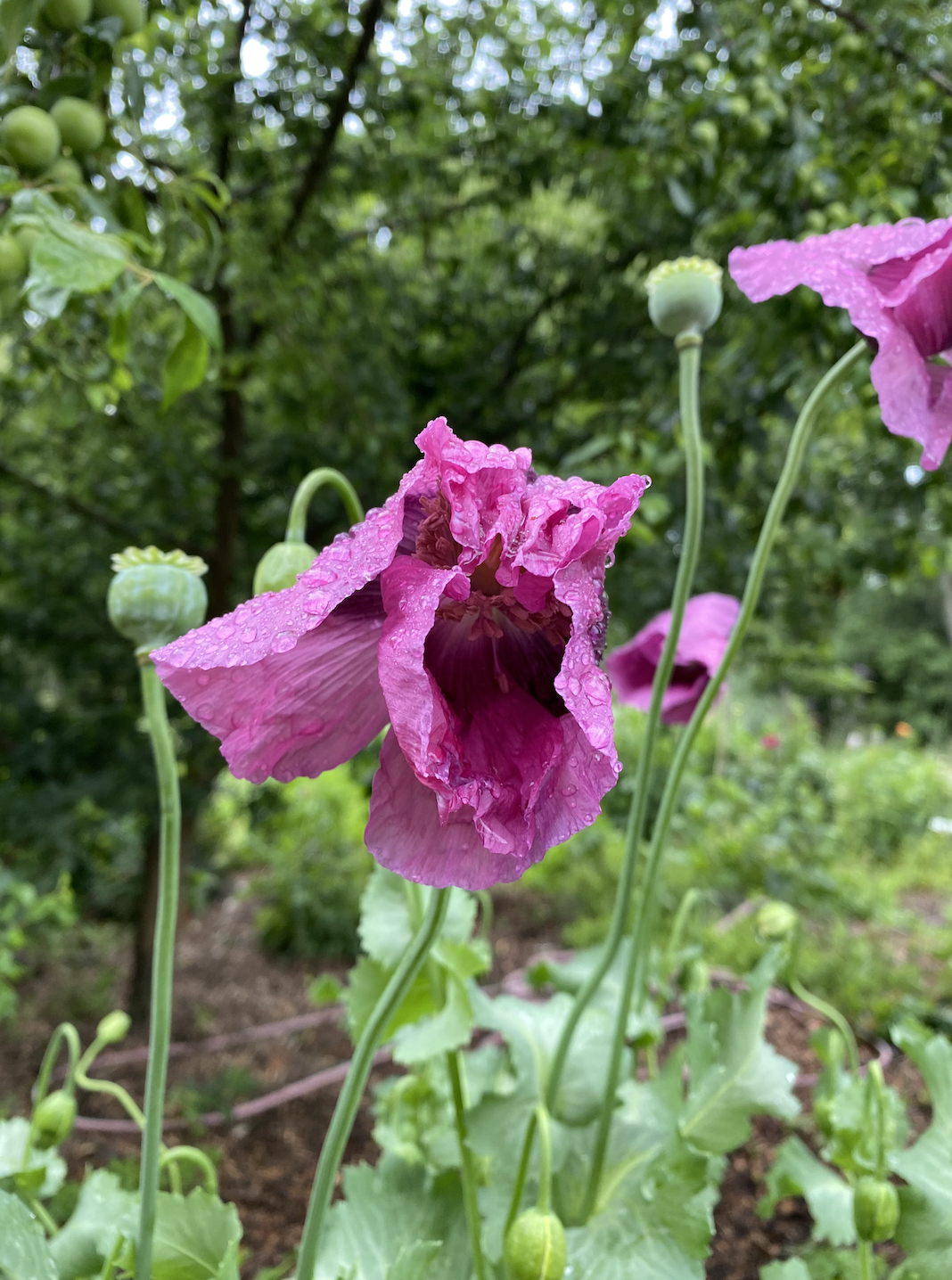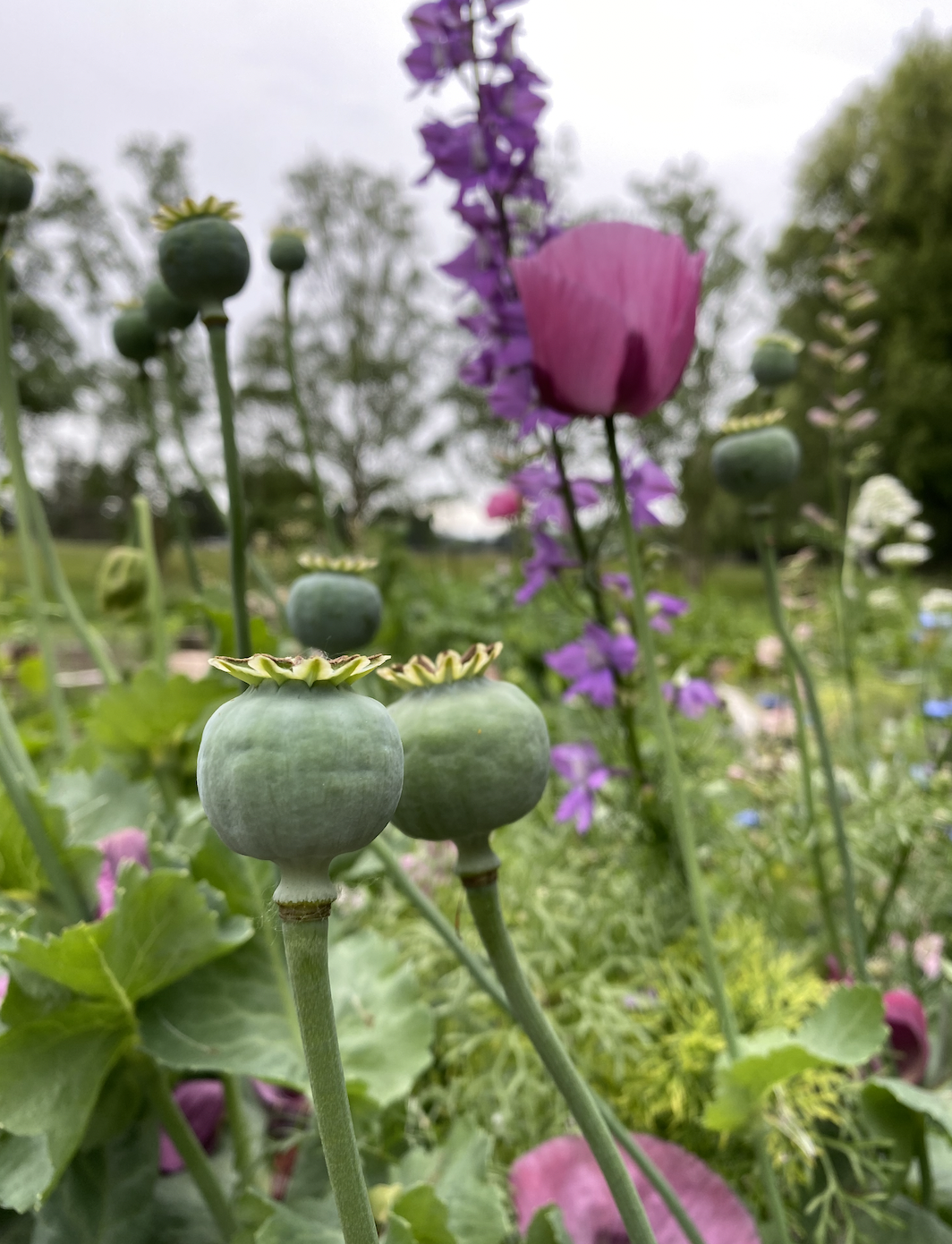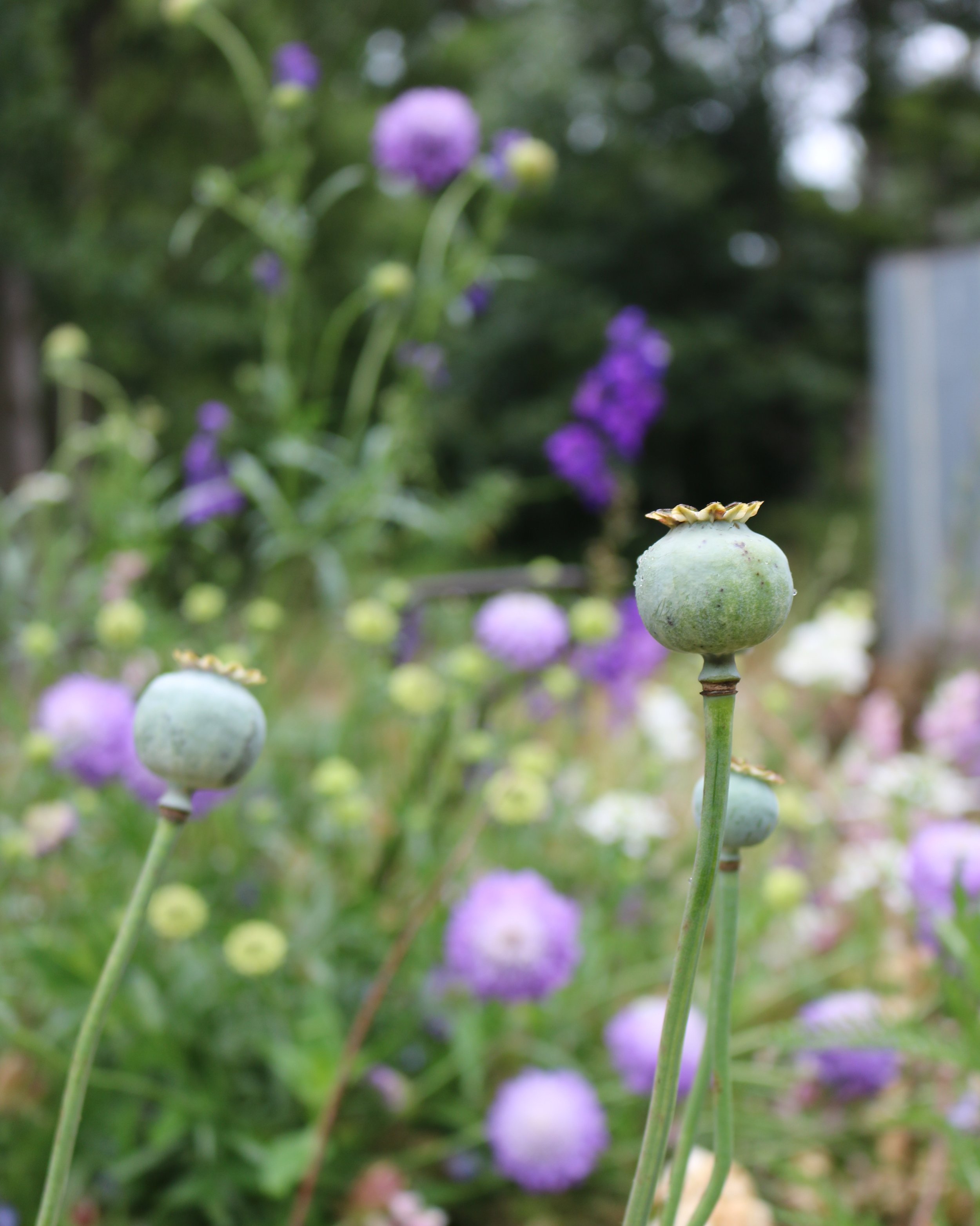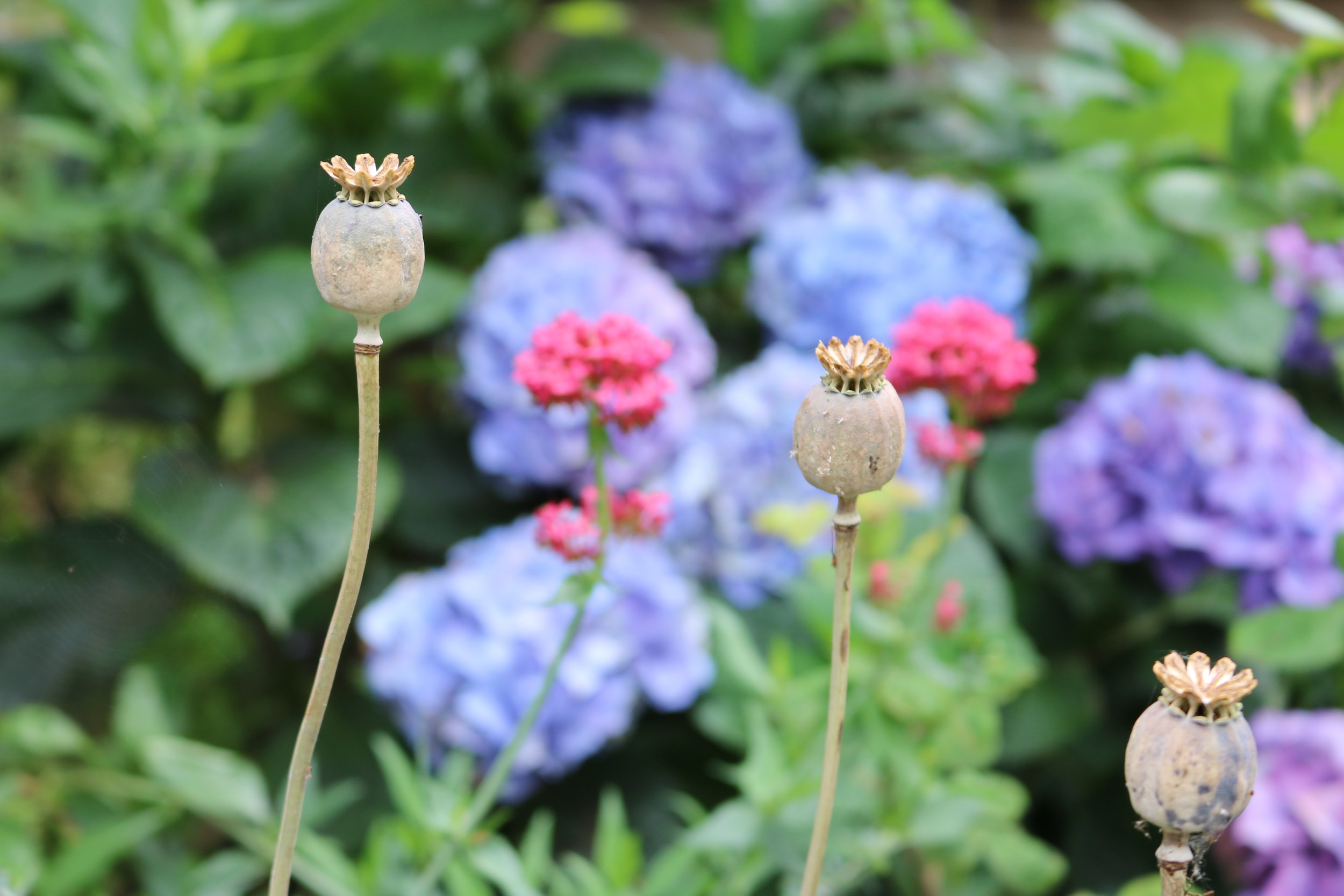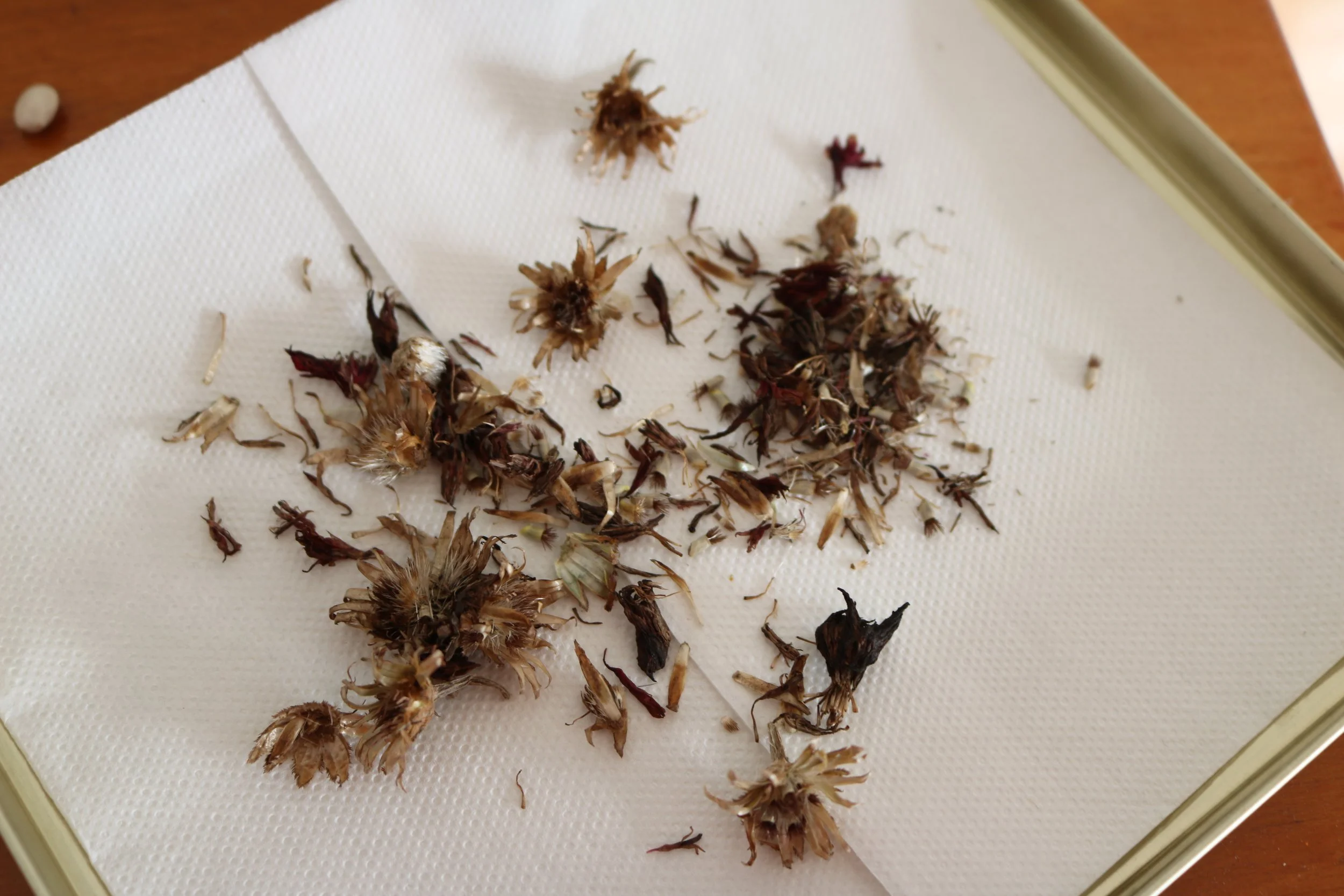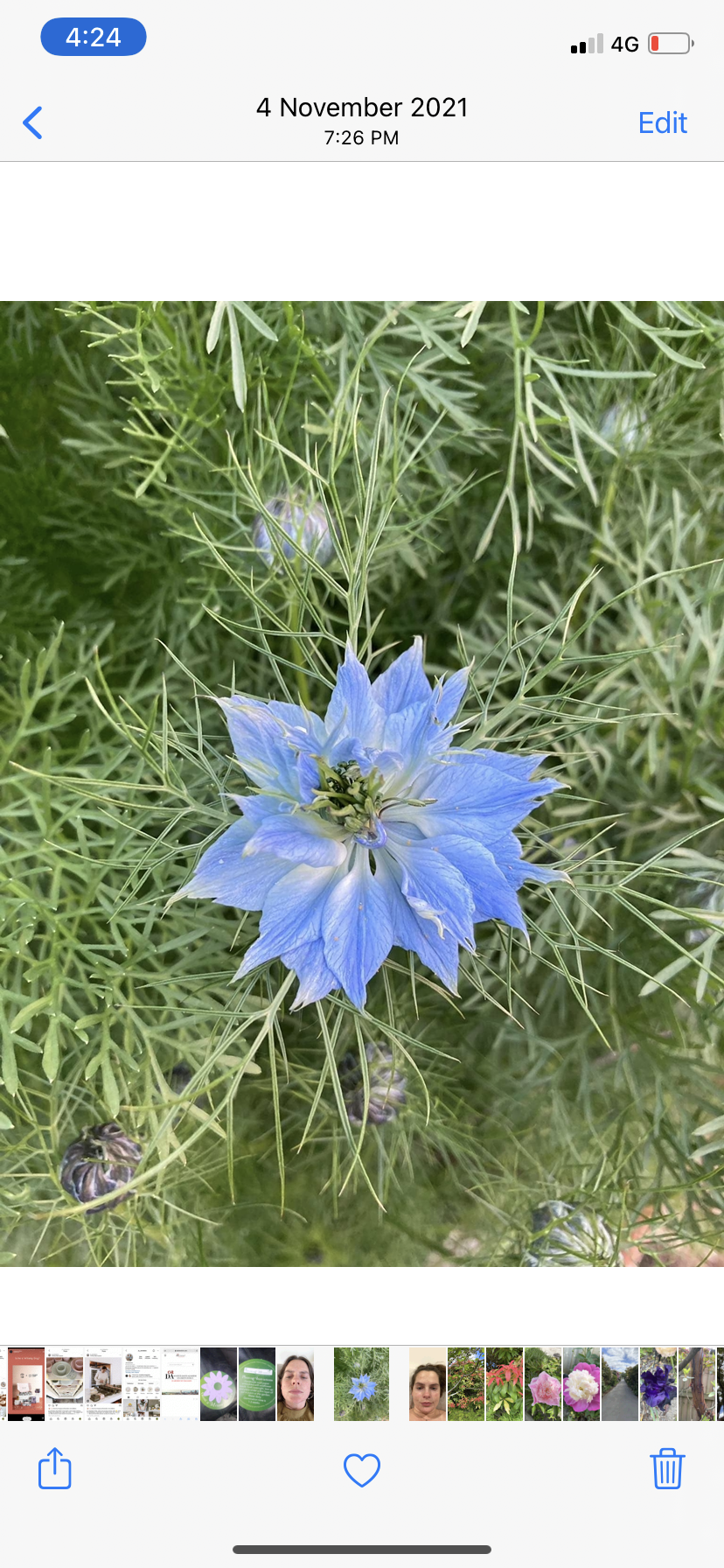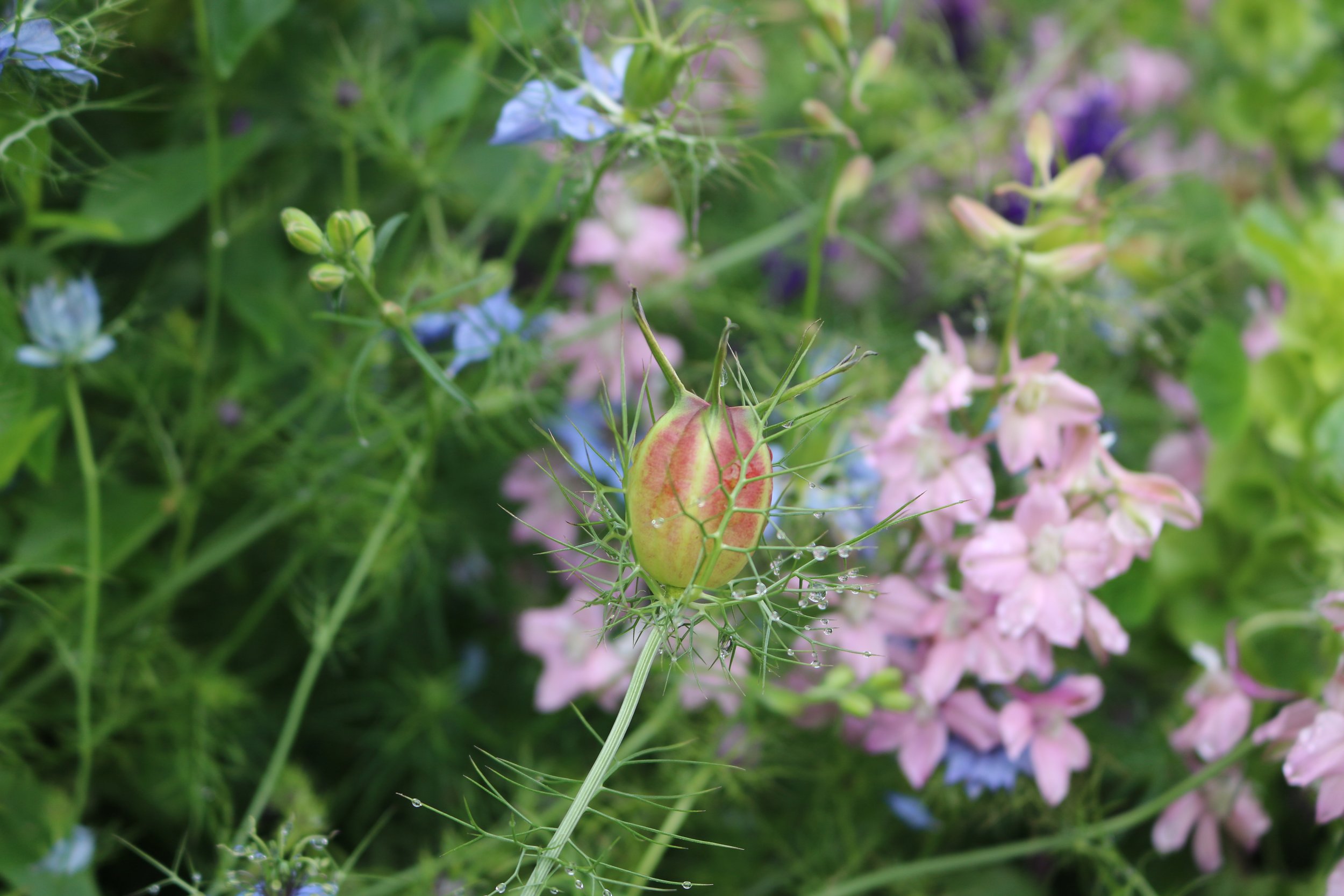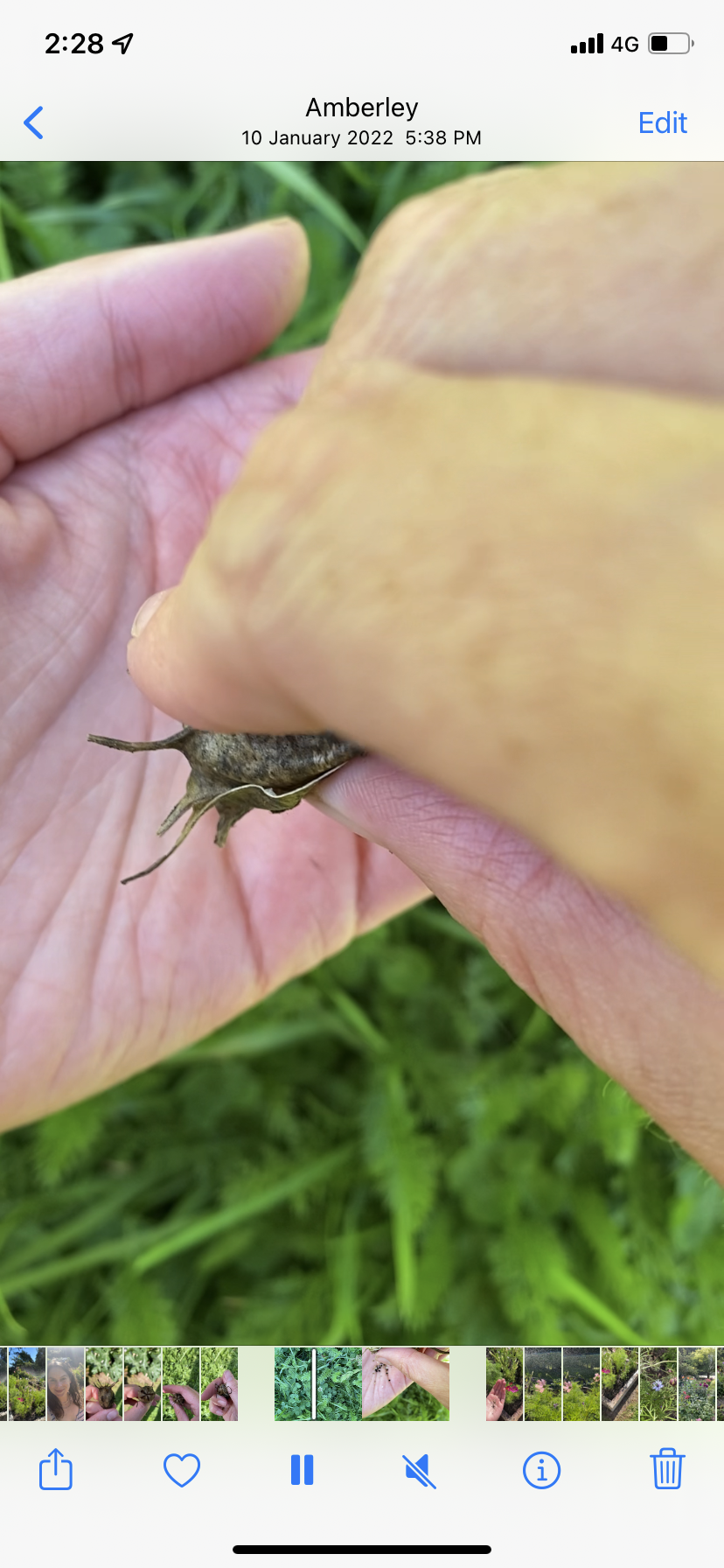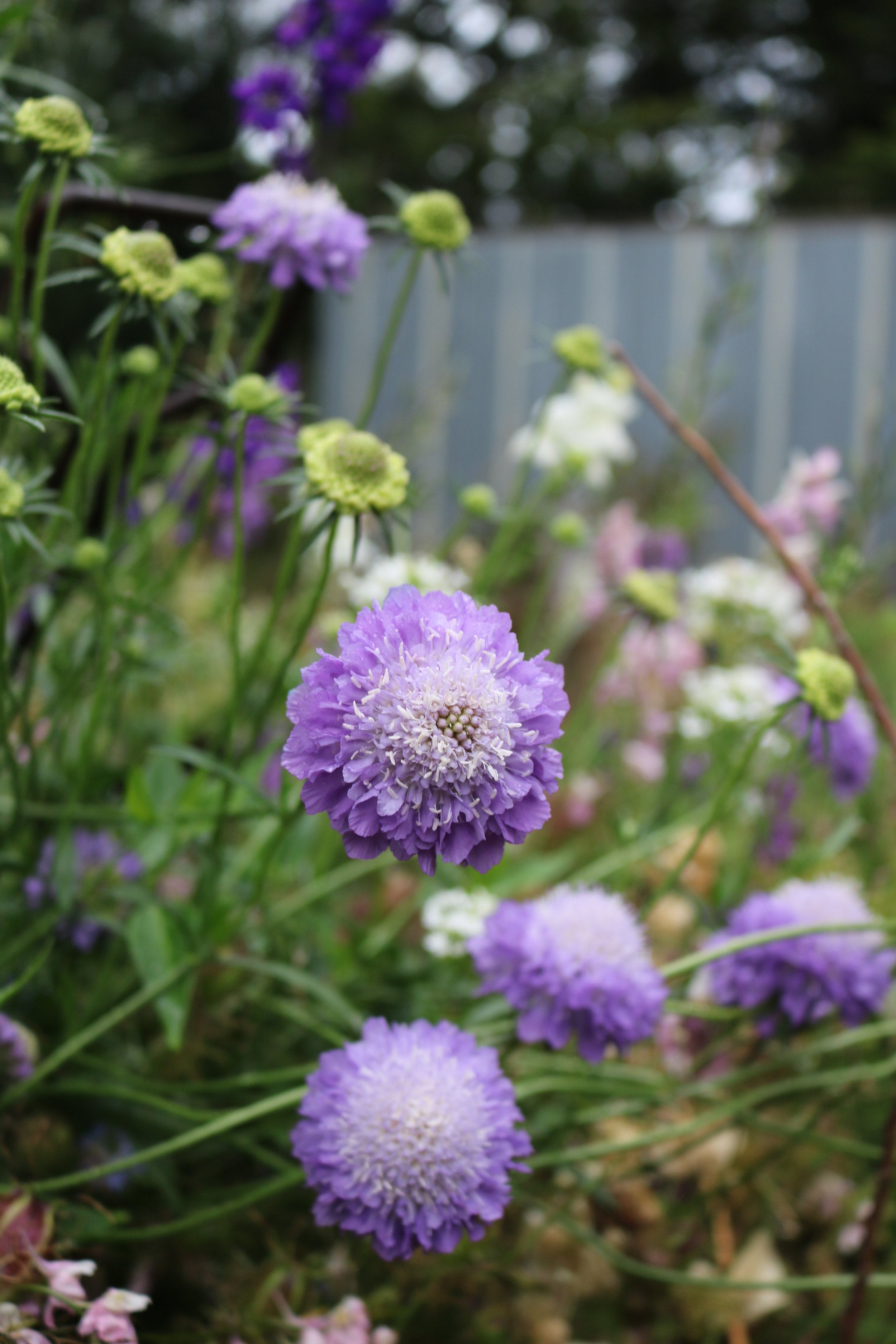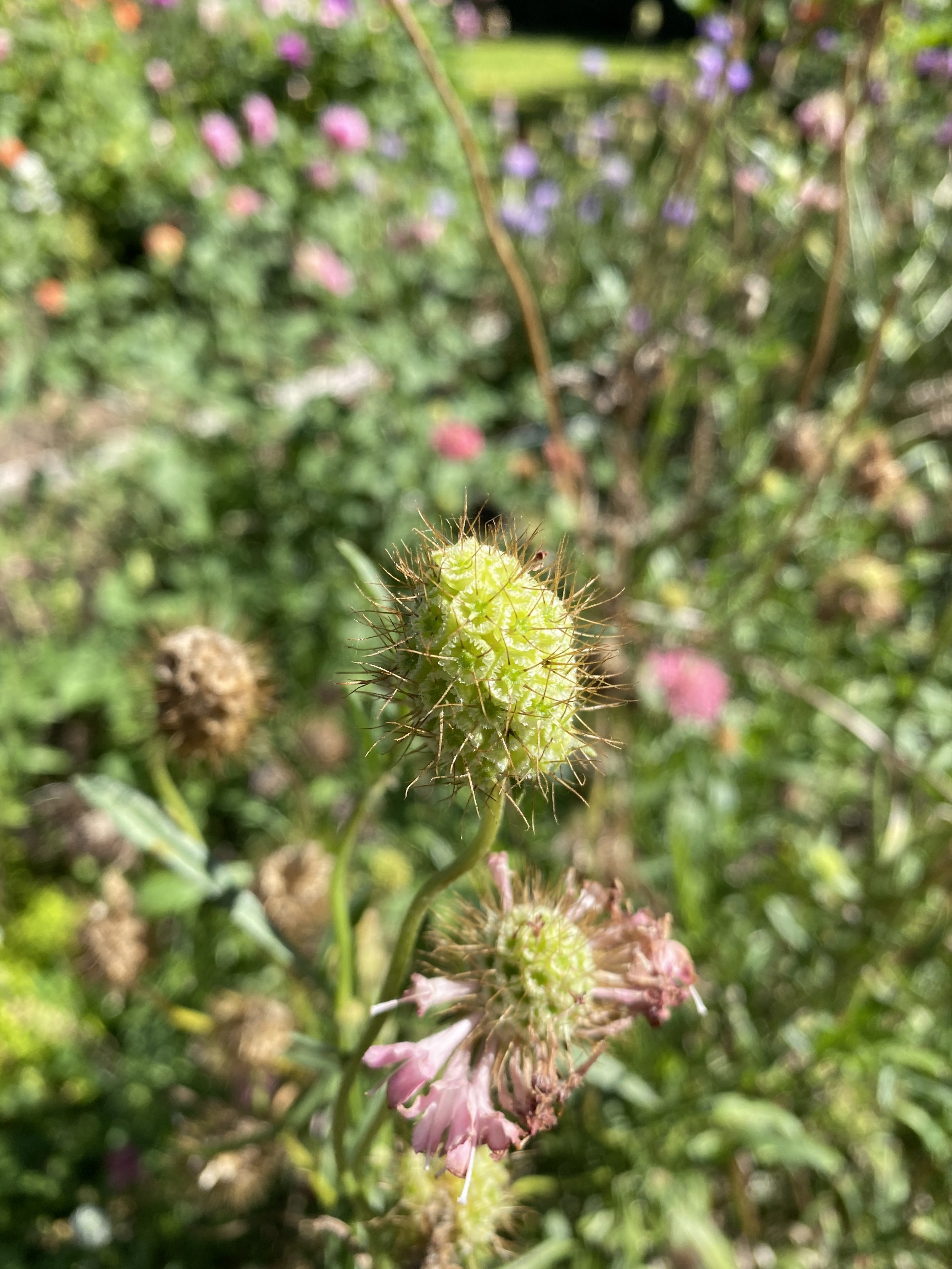Seed Saving Guide
Please note; This is a journal where I note down the things I have learn’t along my journey. This is note a perfectly written blog that is edited to perfection and just notes from my learnings.
Collecting seeds from my own plants is something I enjoy doing each season. It is a low cost way to add more plants to my garden and it often means you get some more unusual colours and variation from the mother plant too.
Some plants it is really easy to collect seed from and others it can be a bit harder so I tend to not worry about them.
I enjoy collecting seed from plants like Cosmos, Chocolate Dara, Scabiosa, Lupins, Fox Gloves, Achillea, Nigella, Grannies Bonnet, Calendula and much more.
Autumn seems to be the best time to collect seeds when the plants are getting ready to store their energy for the Winter (Perennials) or set seed to reproduce for the following season and then die off (Annuals).
Things I use:
- Old jars, seed saving envelopes or recycled plastic pottles (ice cream or sour cream).
- Garden marker pen or vivid
- Recycled plastic or paper bags
- Paper towels
Harvesting:
The seed head must be brown or black and dry to touch. The seed should be completely dried out on the plant to ensure it is viable.
Many seeds need to be firm to touch as well like sunflowers, cosmos, marigolds etc.
If it is something like Nigella, Foxgloves or Poppies, you can give them a gentle shake and you should be able to hear seeds rattling inside them. This is often a good indicator that they are ready to be harvested.
With seeds like scabiosa or cornflower, you can run your thumb down the seed head and you should notice the seeds just lightly pull away and fall into your hand. If they’re holding on tightly they may need another week or so.
Seeds must be harvested at the right time or they won’t be viable, meaning they won’t germinate when you sow them.
Harvest on or after a dry day so the seeds aren’t wet and you reduce the risk of them going mouldy while you’re storing them.
When I harvest them I usually put them into a bag or jar and label what they are straight away (I like to think I will remember what seeds are what but I don’t and regret it if I don’t label them straight away.
Chocolate Dara
This is a prolific seed producer and it is very easy to harvest. You will see the transition change from flower then the seeds start to form and go green. Once they are brown and firm, they are good to be harvested. They also like to be sown in the Autumn.
Achillea - Yarrow
This is Achillea which has very fine seeds. When you harvest them there will be lots of fluff and old petals and you have to sift out the seeds. Achillea is a perennial so it can easily be divided into pieces too.
These are our seed saving envelopes. This is the harvest edition and they come in packets of 10 or 20.
Bread Seed Poppy
In each seed head of these poppies there are thousands of fine seeds. They produce beautiful big seed heads that look great in a vase but if you can leave some to dry and go brown you will collect thousands of seeds. If you give them a rattle and you can hear seeds shaking around, they will be ready to harvest.
Drying
Often the seeds will already be dry enough to store but sometimes if I am worried they aren’t yet I like to spread them out over a paper towel and leave them somewhere dry and out of direct sunlight.
This helps to reduce the chance of any mould developing on them in storage.
Alternatively, you can collect the seeds with part of the stem still on and then you can hang them up side down from a drying rack of some sort. Just make sure you have something underneath to collect any seeds that drop. Especially if you have something like poppy heads!
Sorting
This is a process that is a bit of a faff for some seeds. The sorting process can be a bit slow.
The idea is that you need to get rid of the extra bits of dried flower petals usually and separate that from the seeds. Sometimes the seeds are very small and there can be a lot of old petals etc.
You could use a sieve for this process if you wanted to or slowly pinch away the extra fluff and set aside the seeds.
As you can see from the picture above of the Cornflower seeds, the seeds are small and there aren’t a lot compared to the extra fluff.
Something like Scabiosa doesn’t take much sorting at all and usually all of the petals have gone by the time you harvest.
If you harvest something like Foxgloves, you can crush the seed heads up and then usually the fluff from them separates apart from the seed and becomes easy to move away.
Seeds like Poppies and Nigella can just be tipped upside down and shaken into a container which makes it easy for sorting anyway.
Label them clearly!
Nigella - Love in a mist
I love flowers that look cool as both flowers and seed heads, Nigella certainly ticks both of those boxes. Once it has produced it’s big green spikey seed head, you wait for it to go brown and crunchy. Then give it a gentle shake to see if you can hear the seeds rattling. If you can, then tip the seed head upside down and you will have some black bumpy seeds you can store.
Storing your seed:
It is important to store them somewhere dry, cool and out of direct sunlight.
As I said above the seeds must be completely dry when you store them away to ensure they don’t go mouldy.
Label them clearly so you know what seed is what! I do this so much and think, I will remember but I often don’t… then I regret it.
Chances are you will collect more seed than you need so make sure you store them in vessel or envelopes that you can easily share with friends, family or in a seed swap.
These are the potting shed edition seed saving envelopes. They also come in a pack of 10 or 20 and have a self adhesive strip along the back.
Scabiosa
Such a prolific flowering plant it will be a regular job to pick the flowers or dead head this plant or you will end up with a lot more seed than you need! It is so fun and easy to grow and creates really cool seeds. Once they turn brown and pull away from the seed head easily and are light and almost like crunchy thin paper to touch, you should be good to harvest them.
Key Points
Make sure your seeds are dry and viable.
Label clearly!
Store in a cool, dry place away from direct sunlight.
Store them tidily and in a simple way so you will use the seed and can easily share them with others.
Extra notes:
If there are any words you you are unsure of and want to know about it’s meaning, please click here to read our gardening glossary.
If you want help with sowing the seeds you collect, then click here to read our seed sowing guide.
If you want to shop any of our seed range, click here.
